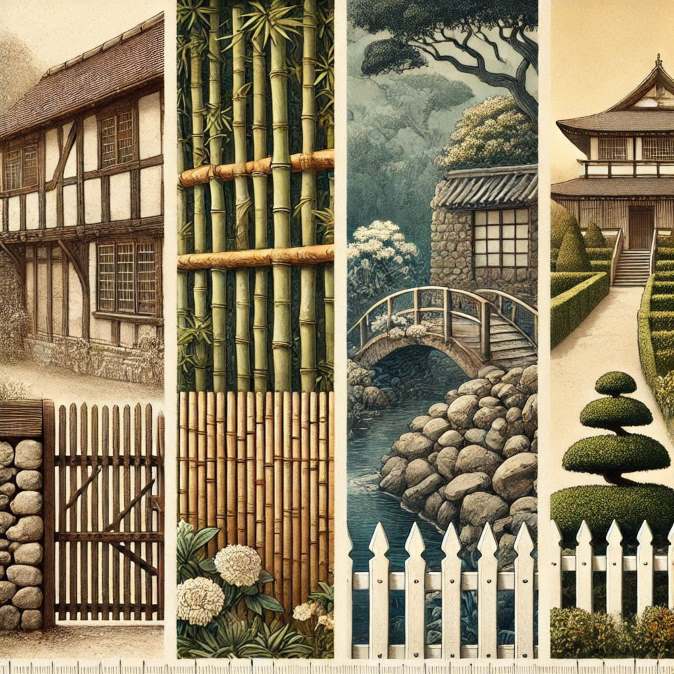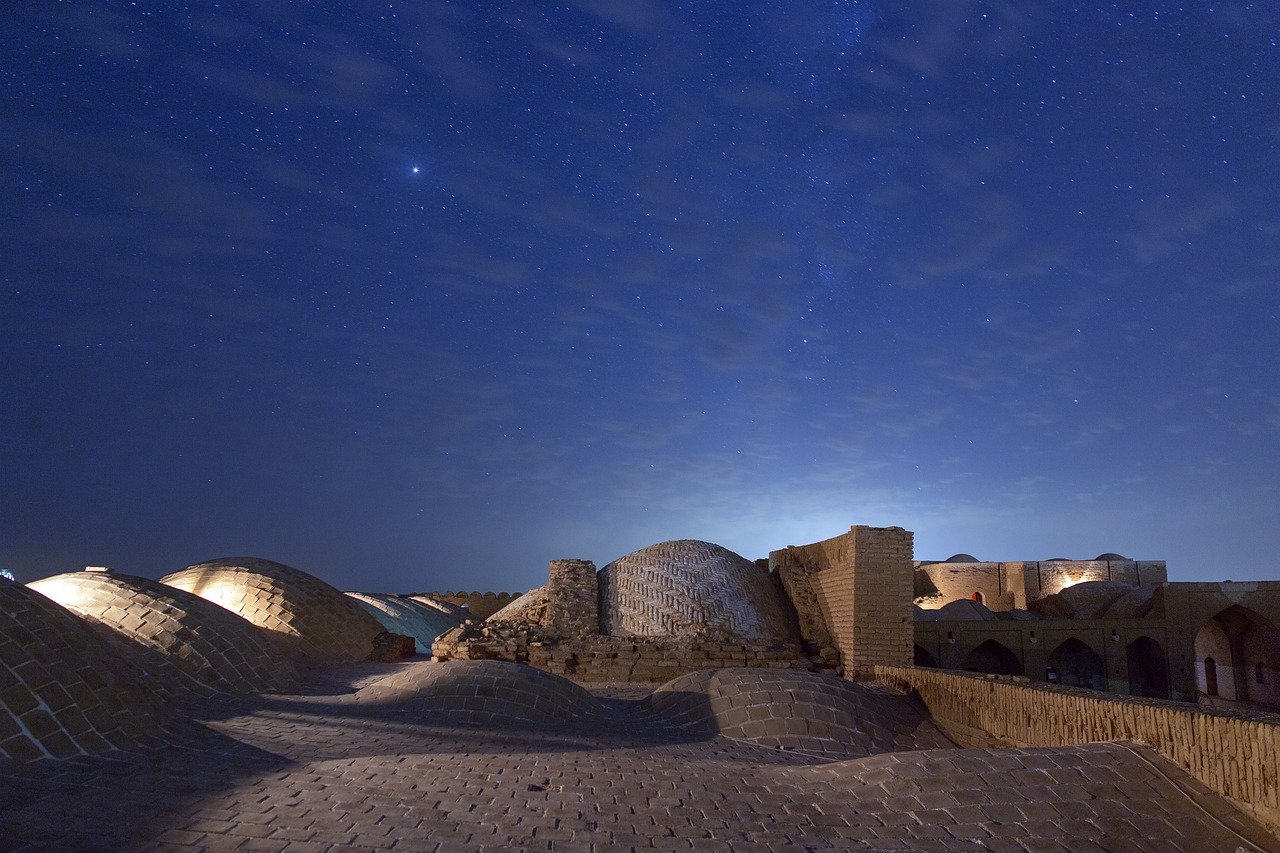 Fences have been an essential part of human civilization for centuries. They represent more than just boundaries; they tell stories of cultures, reflect values, and symbolize power or protection. From the simple wooden enclosures of ancient settlements to the ornate iron fences of palaces, fences have evolved in function and significance across different societies.
Fences have been an essential part of human civilization for centuries. They represent more than just boundaries; they tell stories of cultures, reflect values, and symbolize power or protection. From the simple wooden enclosures of ancient settlements to the ornate iron fences of palaces, fences have evolved in function and significance across different societies.
The concept of fencing dates back to prehistoric times when early humans used natural barriers like rocks and trees to safeguard their dwellings. Over time, this transformed into constructed fences that defined property lines, protected crops, and kept livestock safe. Today, modern fences are crafted by specialists such as fence contractors from trusted fence providers like CoxFence, ensuring durability and tailored designs. Exploring professional services like fence installation can be a great start if you are considering enhancing your property’s boundaries.
Ancient Fences: Protection and Power
In ancient civilizations, fences were primarily about survival. In Mesopotamia, crude walls and enclosures protected crops from wild animals and demarcated agricultural lands. Ancient Egyptians used hedges and mud walls around their estates, combining utility with aesthetics. These structures symbolized wealth and control over land, often reflecting the owner’s social status.
Similarly, in China, the idea of fencing took on monumental proportions with the construction of the Great Wall. While not a traditional “fence,” it served the purpose of marking territories and protecting against invasions. This highlights how, in many cultures, fences represented not just physical boundaries but also ideological divides.
Fences in Medieval Europe: Fortification and Identity
During the medieval period, fencing in Europe became synonymous with fortifications. Wooden palisades, stone walls, and moats around castles were common. These barriers provided defence against enemies and established a lord’s dominance over a region.
In rural areas, wattle fences made of intertwined wooden branches were widely used. They were economical and effective for keeping livestock contained. Fences also began symbolizing communal identity, separating villages and marking territories in feudal societies.
The Symbolism of Fences in Different Cultures
Fences carry varied meanings depending on cultural contexts.
- In Japan, traditional bamboo fences in Zen gardens represent harmony and simplicity. They blend seamlessly with nature, symbolizing a spiritual connection to the environment.
- In Africa, thorny enclosures around homesteads are practical, deterring predators while embodying the community’s resilience.
- In the United States, the phrase “good fences make good neighbours” reflects the cultural emphasis on privacy and personal space. The iconic white picket fence, often seen in suburban neighbourhoods, symbolizes the American dream and family values.
The Evolution of Fences in Modern Times
The Industrial Revolution brought significant changes to fencing. New materials like steel, wrought iron, and concrete allowed for more durable and decorative designs. Urbanization further increased the demand for fences, not just for security but also for aesthetic appeal.
In contemporary times, fences serve diverse purposes. They protect homes, delineate properties, and enhance landscaping. With technological advancements, modern fences incorporate features like automated gates and advanced security systems. Yet, the underlying symbolism of fences as protectors and dividers remains.
Controversial Fences: Division and Debate
Not all fences bring harmony. Throughout history, some have sparked controversy and conflict. The Berlin Wall, often called the “fence of shame,” divided East and West Berlin during the Cold War. It stood as a stark reminder of ideological differences and political tension.
Similarly, border fences between countries continue to be points of contention. While they aim to enforce security, they also raise questions about freedom, inclusion, and humanity. These examples show how fences, as simple as they seem, can hold profound implications.
Fencing in the Future: Sustainability and Innovation
As societies evolve, so do their approaches to fencing. Sustainable materials like recycled plastics and eco-friendly composites are gaining popularity. Vertical gardens and living fences, which combine greenery with functionality, redefine urban landscape boundaries.
Innovation also plays a role, with smart fences incorporating sensors and surveillance systems for enhanced security. Despite these advancements, fences’ cultural and symbolic significance will continue influencing their design and purpose.
READ ALSO: Why Churches are Special to Architects?
Conclusion
Fences are more than just physical structures; they are markers of history, culture, and human ingenuity. From ancient mud walls to modern smart fences, they reflect our collective need for protection, privacy, and identity. By understanding the evolution and symbolism of fences, we gain insight into how different cultures approach boundaries and their meanings.
If you’re inspired to create a meaningful and functional boundary for your property, working with an experienced fence contractor is key. Whether you prioritize aesthetics, security, or both, fences remain an enduring part of human history and culture.

